Foundations of Art - Face to face
Foundations of Art - Face to Face
It is an educational process that teaches the basic principles, techniques and concepts of art and aims to develop artistic expression and creativity.
REQUIRED MATERIALS
· 2b drawing pencil 3 pieces
· Dough eraser
· Duster
· Rapido pens with thin and thick tips or black ink pens
· 30cm ruler
· 30cm square
· Bristol board or Canson non-woven drawing paper (20x20- 35x50)
· Compasses
PURPOSE
The main purposes and content of basic art education include:
· Developing visual perception: Allows students to observe the world around them in more detail and analytically.
· Teaching basic art elements: Introduces the basic building blocks of art such as line, shape, form, color, texture and space.
· Understanding the principles of composition: Teaches the principles of composition such as balance, rhythm, emphasis, contrast, and unity.
· Getting to know different art materials and techniques: Teaches the use of various materials such as charcoal, charcoal pencil, pastel, acrylic and oil paint.
· Providing information about art history and theory: Provides a general understanding of art movements, important artists and works.
· Developing critical thinking and analysis skills: Improves the ability to analyze and interpret works of art.
· Encouraging personal expression and creativity: Helps students discover and develop their own artistic style.
· Developing three-dimensional thinking and design skills: Provides the opportunity to work with three-dimensional art forms such as sculpture and ceramics.
· Introduction to digital art and new media: Teaches methods of producing art using today's technologies.
· Project management and exhibition techniques: Provides skills in planning, implementing and exhibiting art projects.
WHO CAN PARTICIPATE?
· A basic art education is beneficial not only for those who want to become professional artists, but also for anyone who wants to develop creative thinking, problem solving and aesthetic understanding.
· Students: High school and college students, especially those studying art, design or related fields.
· Art enthusiasts: Anyone who is interested in art and wants to develop their talent, regardless of age.
· Hobbyists: Those who want to do art as a hobby.
· Professionals: Professionals who work in different fields but want to develop their creativity.
· Children and youth: They can participate through special children and youth programs.
· Those seeking art therapy: Those who want to use art for therapeutic purposes.
· Those considering a career change: Those considering a career in the arts.
COURSE CONTENT
1. Editing Composition with Point and Line Applications
1.1. Point in Visual Arts
Interview with students on dot and dot effect
Composition studies with point applications
1.2. Line Applications
Composition studies with line applications
1.3. Mixed Applications
Composition editing with point and line (mixed) applications
2. Light and Dark Studies
2.1. Light and dark value tone bar application
3.Light and Shadow Applications
3.1. Representation of drawing of basic objects
3.2. Light and shadow work on basic objects
4. Two and Three Dimensional Object Drawings
5.Texture Studies
5.1. Fabric and leather intensive texture studies
5.2. Interview with students about tissue diversity
5.3. Composition work with texture applications
6.Color Contrasts
6.1. Discussion on color in nature
6.2. Color wheel drawing, application of color knowledge
7. Shape, Spot, Form
7.1. Shapes and motifs in nature
7.2. Forms in nature
7.3. Interview with students on emptiness and fullness in nature
8.Design Principles
8.1. Abstraction work with shapes and forms, adhering to design principles
9.Ratio-Proportion
9.1. Ratio-proportion applications
9.2. Interview with students on proportion in nature
10.Perspective
10.1. Perspective applications
Results and Gains
· Artistic skills (drawing, painting, sculpting)
· Visual perception and analysis ability
· Creativity and innovative thinking
· Critical thinking and problem solving
· Increased self-expression and self-confidence
· Cultural and artistic awareness
· Improvement in communication skills
· Time and project management
· Using digital art tools
· Development of aesthetic understanding
These gains provide benefits in daily life and the business world as well as in the field of art.
Süleyman Çağlayan
Süleyman ÇAĞLAYAN was born in Istanbul in 1977. He completed his undergraduate program in the Painting Department of the Faculty of Fine Arts at Mimar Sinan University in 2002, under the tutelage of Neşe Erdok, Nedret Sekban, and Ahmet Umur Deniz. In 2010, he became Assoc. He completed the Master's Program in Painting at Mimar Sinan University, Institute of Social Sciences, under the supervision of Ahmet Umur Deniz. EXHIBITIONS 2002 Group Exhibition, Evin Art Gallery, TÜYAP Art Fair 2003 Group Exhibition, Evin Art Gallery, TÜYAP Art Fair 2003 Group Exhibition, Evin Art Gallery 2004 Personal Exhibition, Maltepe Art Gallery 2004 Group Exhibition, Maltepe Art Gallery 2005 Personal Exhibition, Maltepe Art Gallery 2007 Personal Exhibition, Maltepe Art Gallery 2012 "Unnamed Times I" Personal Exhibition, Doruk Art Gallery 2013 "Unnamed Times II" Personal Exhibition, Doruk Art Gallery 2013 TÜYAP Art Fair 2014 Contemporary Istanbul Art Fair 2014 TÜYAP Art Fair 2014 Group Exhibition, Akademililer Art Gallery 2016 Personal Exhibition, Kızıltoprak Art Gallery
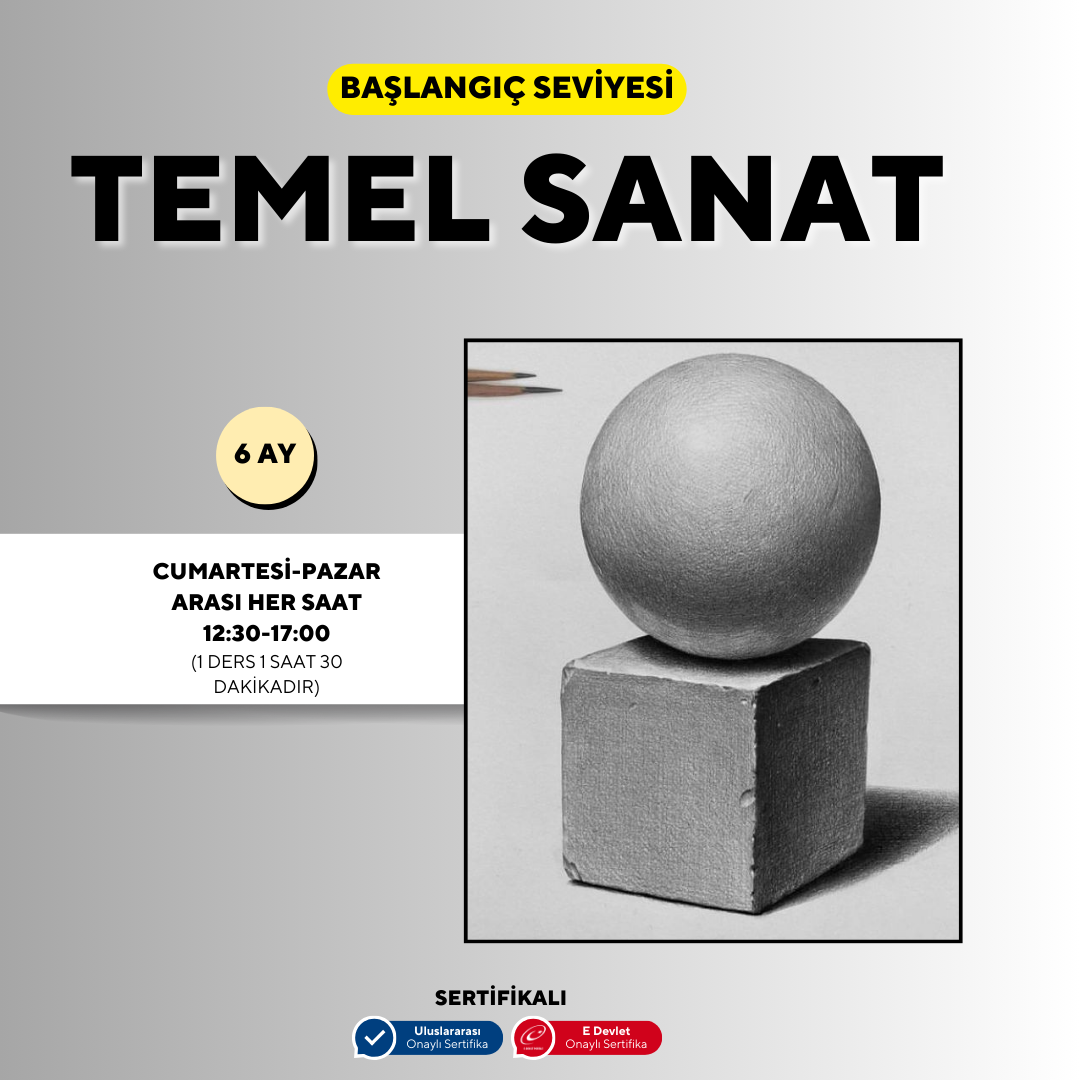
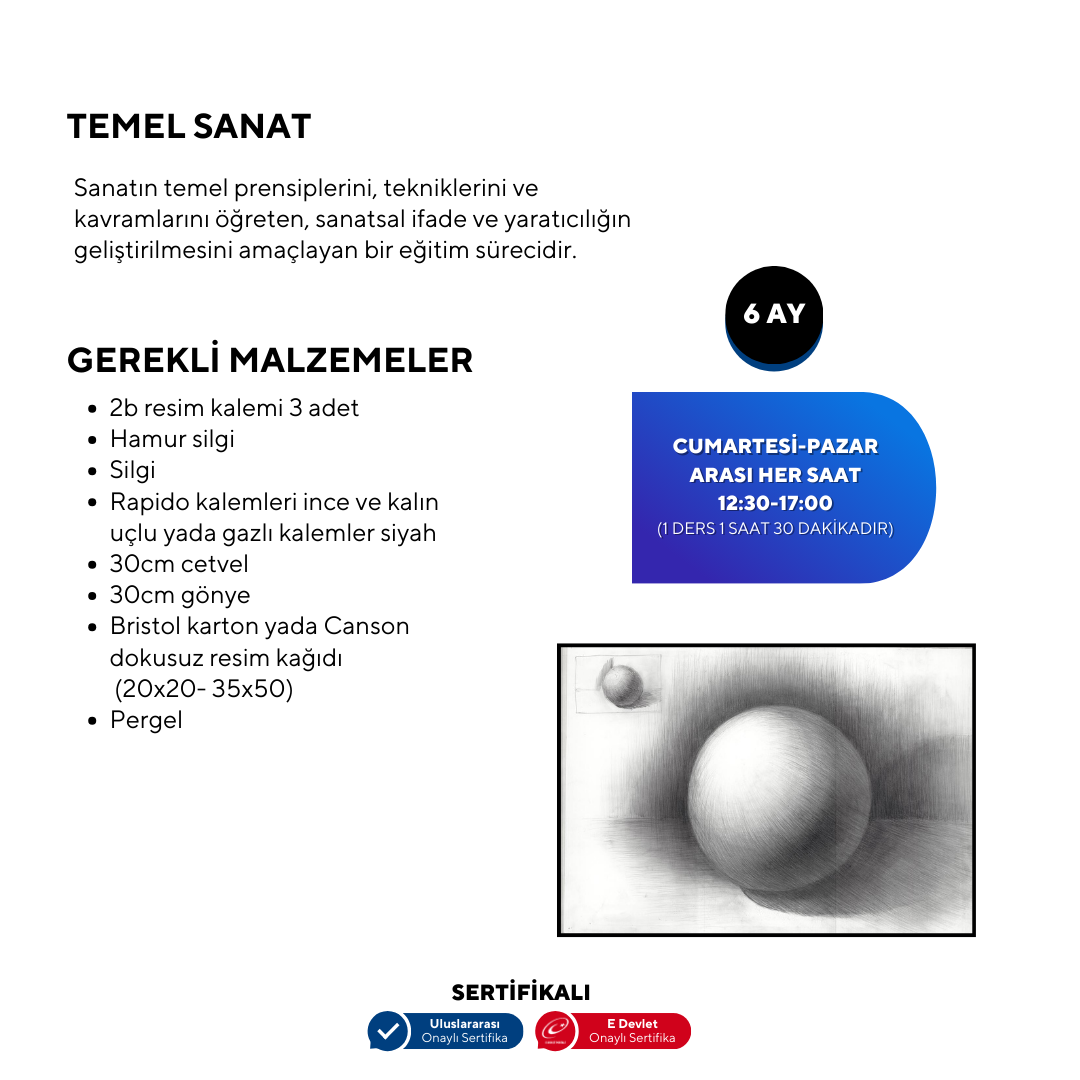
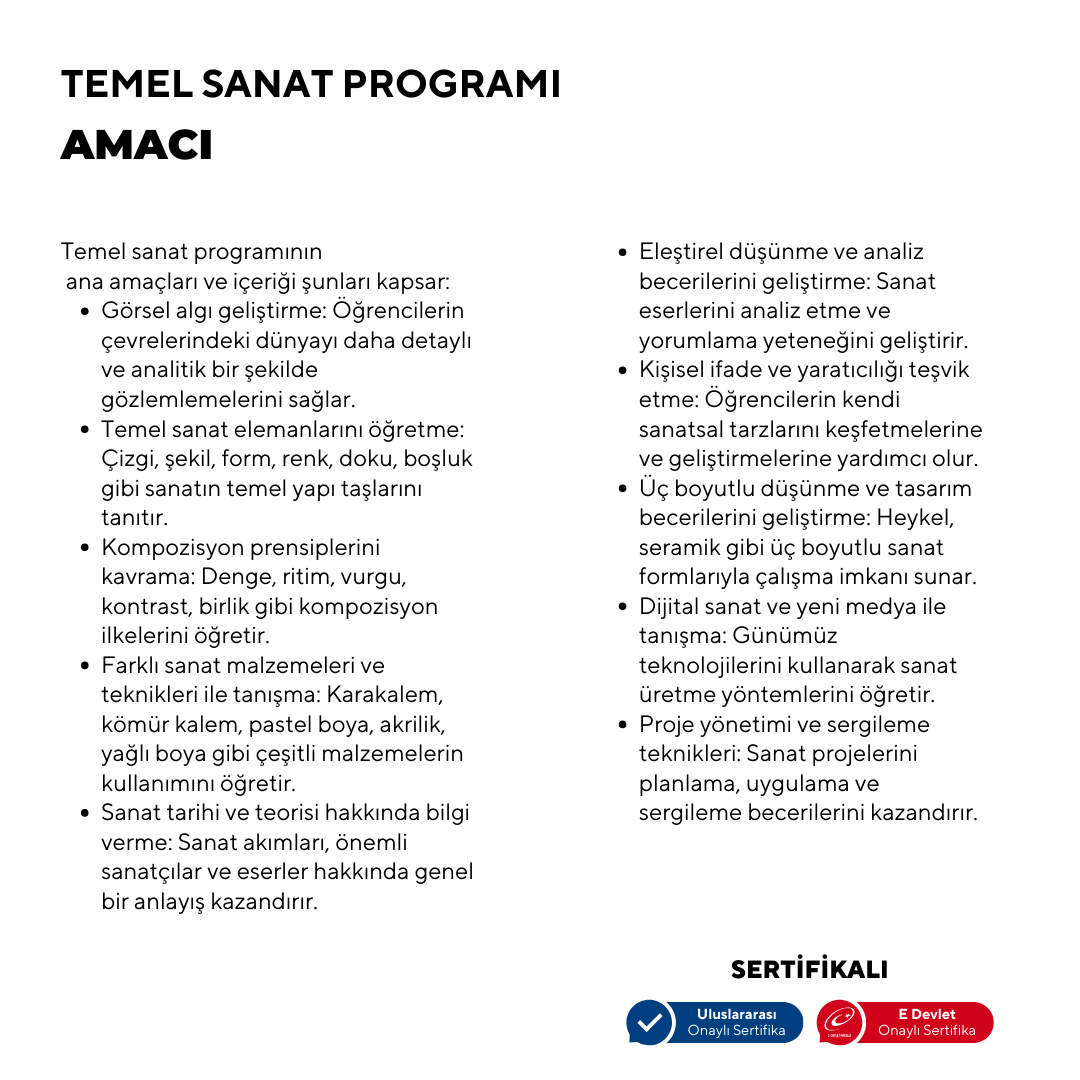
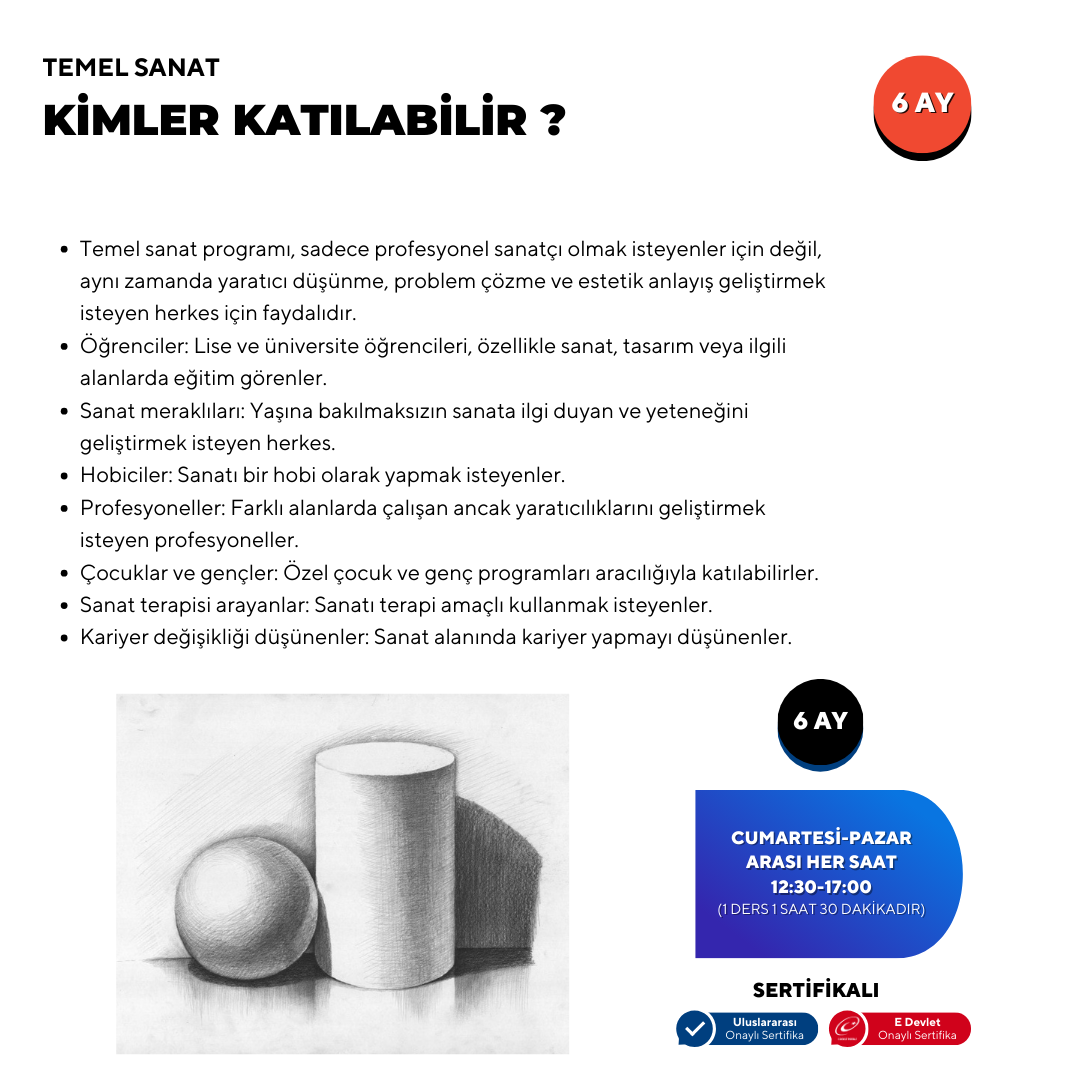
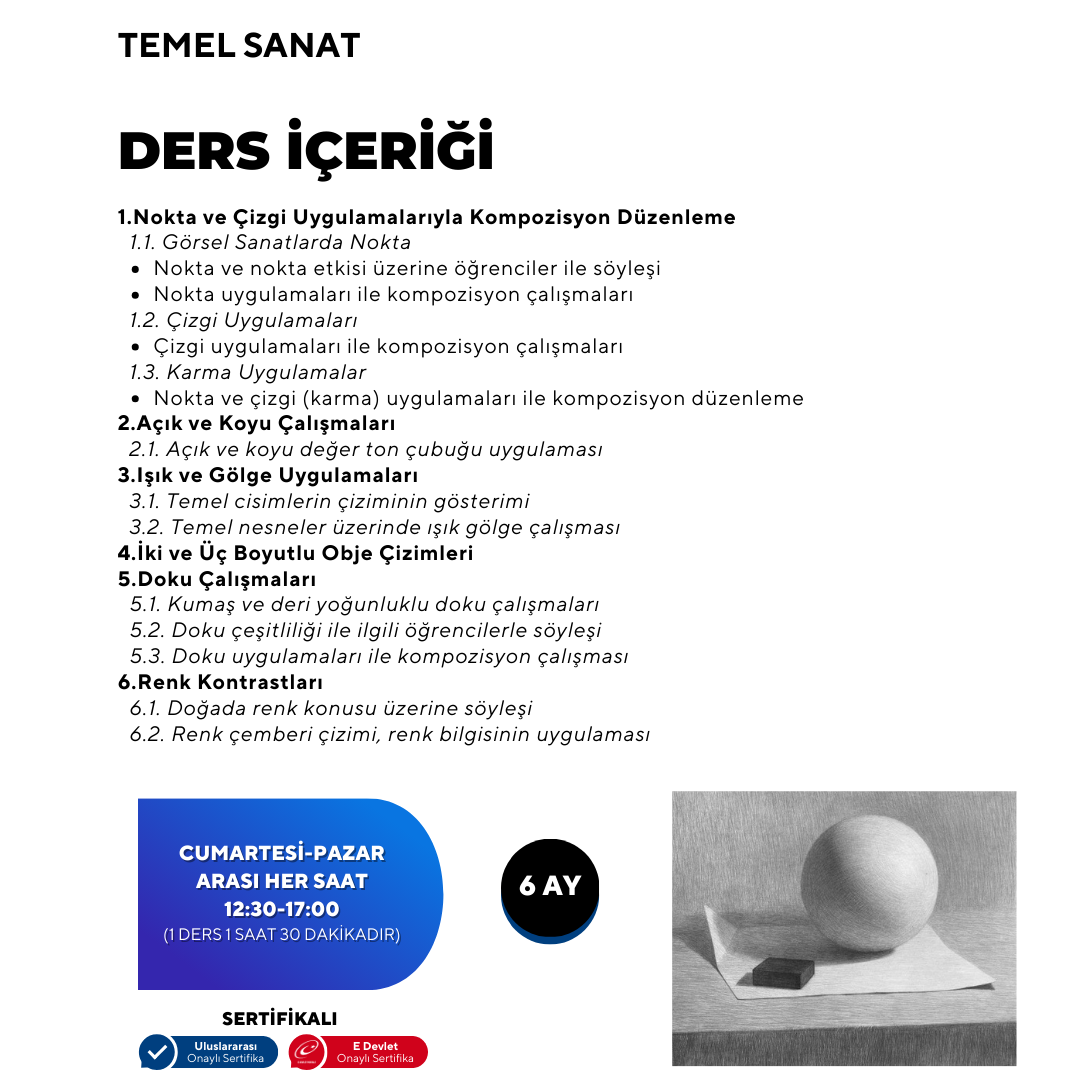
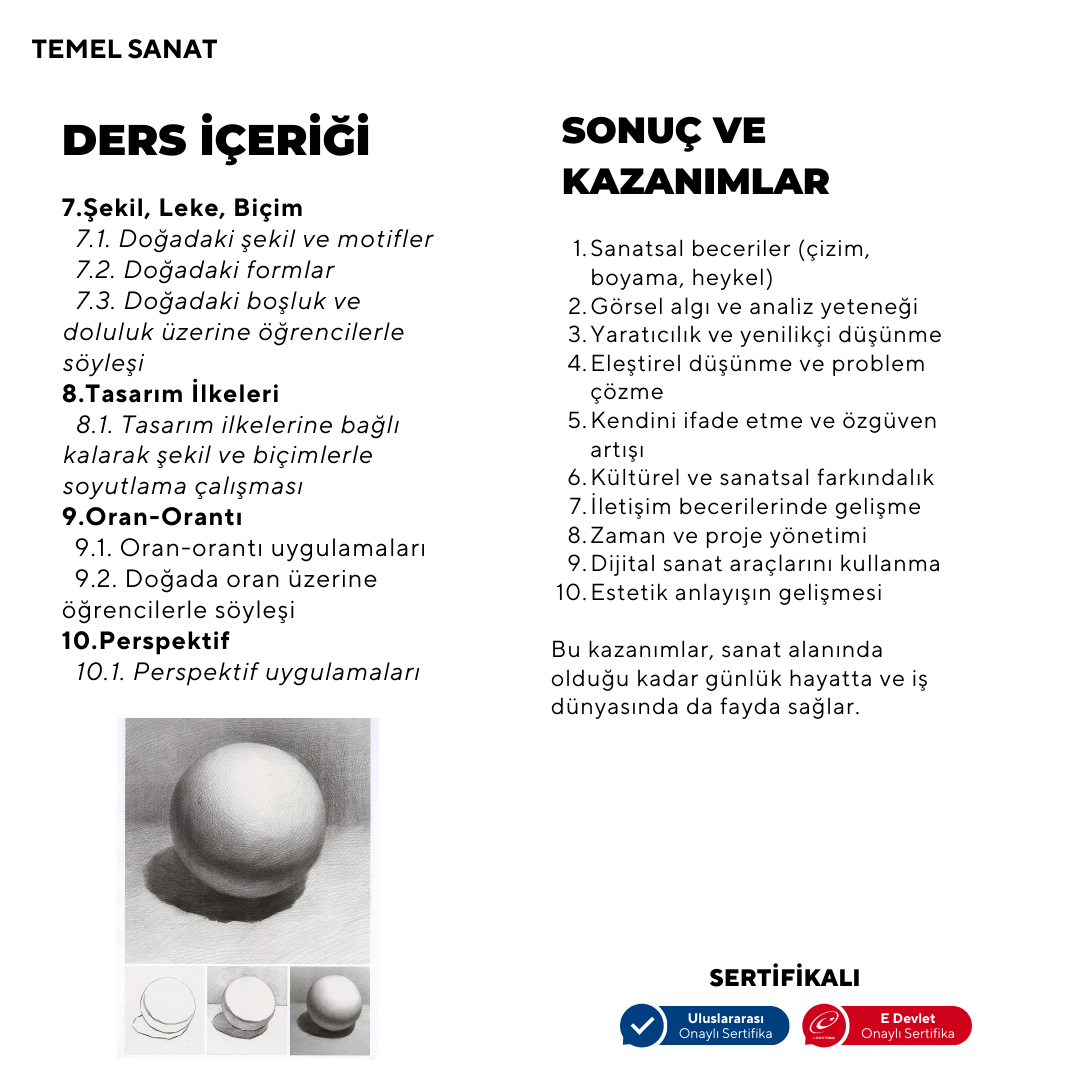
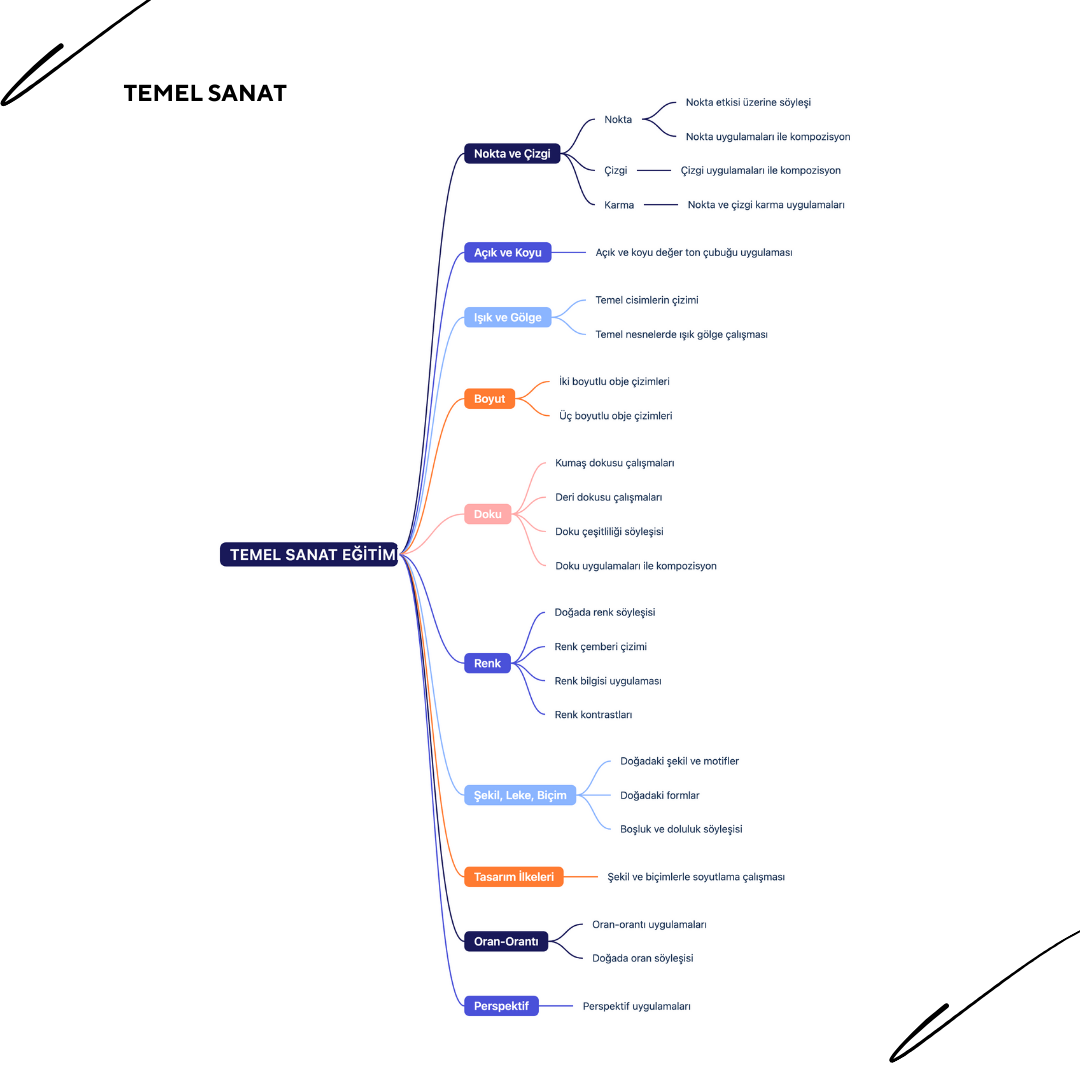
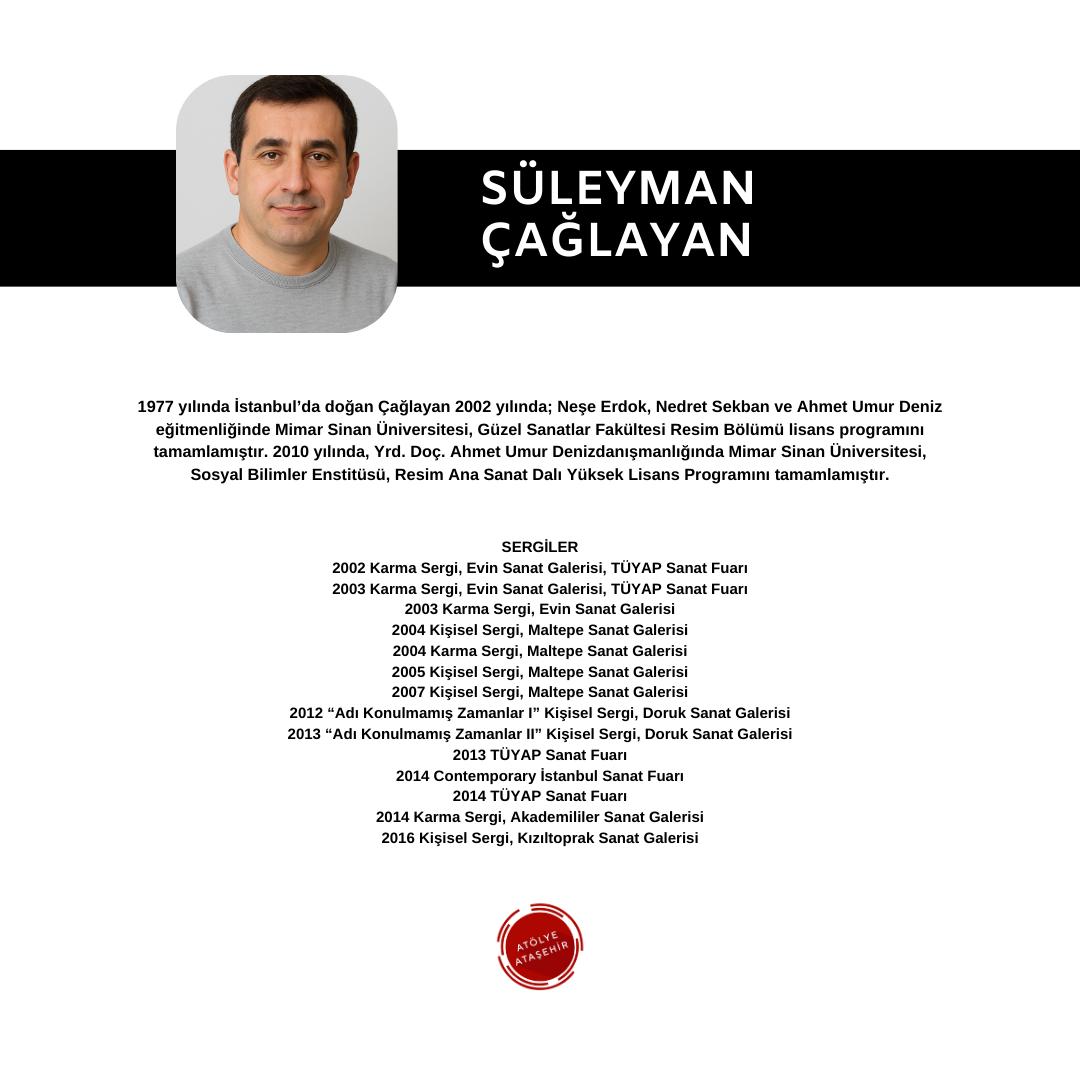
(1 LESSON IS 1 HOUR AND 30 MINUTES.)
















